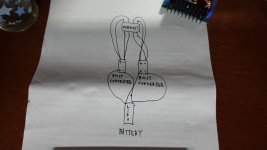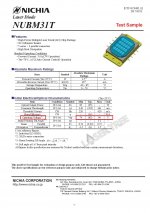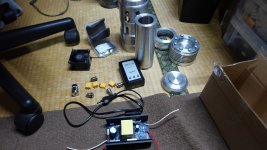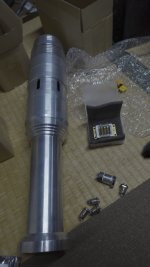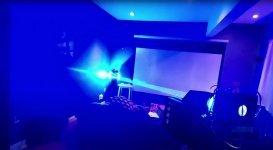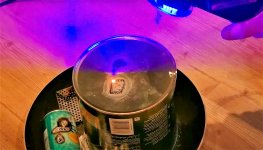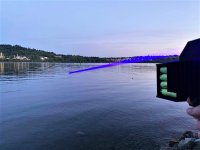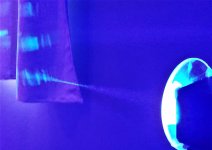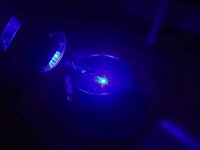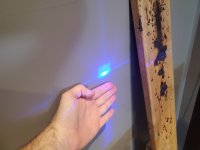I am not sure how this will affect things in the long run,
Here is a test when I connected the output side of a 1200W DC boost converter that is set to 1A constant current.
*The boost converter is already ON and resting at 48V input.
View attachment 72766
As you can see here,
even when set to 1A output, the voltage spikes to around 100V.
For an example, if it is set to 10A, it may overshoot to even higher voltages. I don't have a picture, but it got up to 128V when I was playing around at 5~6A if I remember correctly.
On another thing that could be tested is powering on the driver while the laser is already connected on the output. It may lead to even higher voltage spikes.
___
These DC boost converters would be perfect if they had slower ramp. Are there some resistors or capacitors we can swap to slow the voltage ramp so we don't have so much overshooting maybe?
People have been using DC boost converters for quite a long time and as far as I know, no one has has their diode array fail because of a DC boost converter. I'm beginning to think these high powered 450nm laser diodes are just as robust as high powered LEDs.




